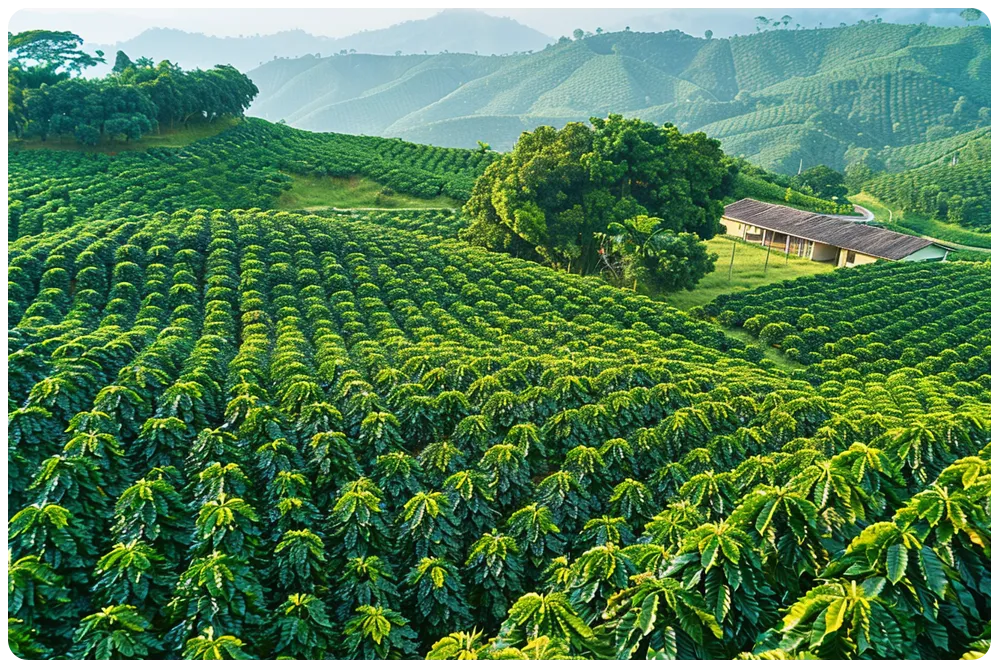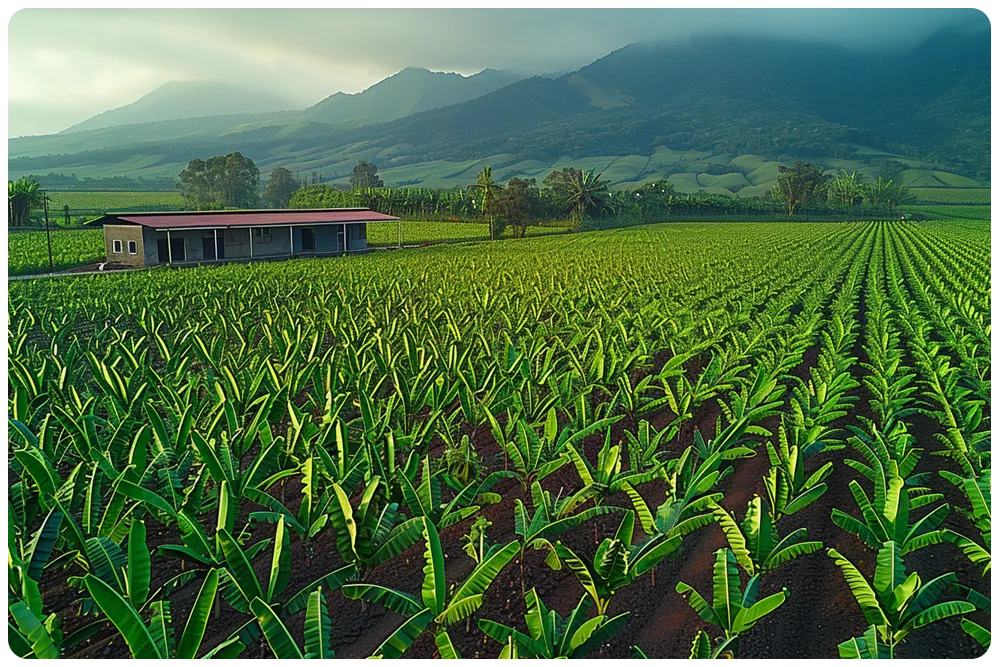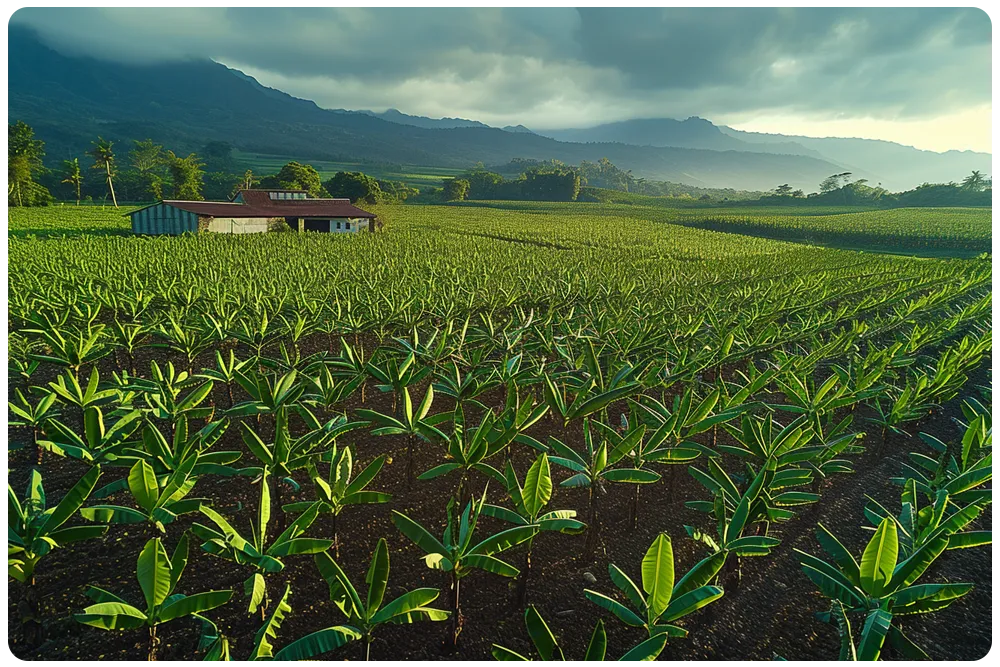Unlock the potential of drone technology in seeding. Explore how drones greatly enhance crop production while ensuring strong and healthy growth. Let technology do the hard work.
Welcome to Drone Farm
We offer a comprehensive range of agricultural drone services. With years of experience, we’ve harnessed our expertise to deliver high-quality services to our clients. Our team provides full support at every stage. Choose us for top-tier Drone Farming experiences!

Contents
- 1. What benefits do drones offer for seeding?
- 2. Drones increase efficiency in seeding operations
- 3. Seeding drones reduce labor costs effectively
- 4. Can drones improve accuracy in seeding?
- 5. Drones for seeding provide rapid response
- 6. Drones ensure precise distribution of seeds.

1. What benefits do drones offer for seeding?
Embracing the Revolution: The Power of Drones in Seeding Practices
In the dynamic world of agriculture, drone technology is paving the way for enhanced crop production. A drone’s role in farming is not limited, and one of its most significant contributions is in the domain of seeding. The use of drone technology in seeding processes offers numerous benefits that increase productivity, efficiency and accuracy.Precision Seeding: Drone technology has tremendously improved precision in seeding. High-tech drones, equipped with advanced GPS systems, can map an entire farmland, carefully calculating the appropriate seed distribution for each part of the area. This intelligent approach eliminates the guesswork associated with traditional methods, ensuring optimum seed dispersal, minimizing wastage, and maximizing productivity.
- Time and Cost Efficiency: Drones can seed a large area in a fraction of the time it would take a human crew. Not only does this mean increased productivity, but it also leads to significant savings in labor cost.
Early Disease Detection: Equipped with multispectral imaging technology, drones can identify and monitor changes in plant health before they become visually apparent to the human eye. This early detection is invaluable in minimizing the impact of crop illnesses.
- Eco-Friendly Approach: With the precision that drones offer, wastage of resources is significantly reduced. Seeds are not wasted, and the higher precision avoids unnecessary overspraying of pesticides, making drone seeding an eco-friendly approach to farming.
2. Drones increase efficiency in seeding operations
Drones Increase Efficiency in Seeding Operations
The advent of drone technology has brought about sweeping changes in the field of agriculture. One of the profound impacts is seen in the sector of seeding operations, optimizing it to ensure efficiency and productivity. The drone, with its advanced capabilities and myriad applications, has proven to be an effective tool in improving seeding strategies.
In the context of seeding operations, drone technology offers several advantages. First and foremost, drones allow farmers to precisely measure their field, taking into account the unique characteristics of each patch of land. They give crucial information such as soil condition, moisture content, and nutrient availability. Using these data, farmers can craft the most effective seeding plan, resulting in healthier crops and more abundant yields.
Benefits of Drone Seeding
The benefits of employing a drone for seeding operations are manifold. Below is an overview of some key benefits:
- Precision: Drones ensure that seeds are dropped with extreme accuracy, minimizing wastage and maximizing crop growth.
- Efficiency: A drone can cover a large tract of land in a short time. This significantly cuts down the labor and time required for manual seeding.
- Data Analysis: Drone technology allows for real-time data collection and analysis. This vital information empowers farmers to make informed decisions, further increasing overall productivity.
- Ideal for Difficult Terrains: Drones can navigate complex terrains with ease, enabling farmers to reach areas that were previously inaccessible.
In addition, the drone’s ability to detect crop illness early on makes it an indispensable tool for managing crop health and minimizing losses. It captures real-time images of fields, allowing farmers to spot signs of disease or pestilence early and take necessary action to mitigate the damage.
Understanding the potential of drones in enriching seeding operations, we are dedicated to providing comprehensive information regarding this agricultural innovation. Our goal is to foster the use of drone technology in farming, ensuring better yields, enhanced farm management, and a sustainable agriculture future.


3. Seeding drones reduce labor costs effectively
Seeding Drones: A Key Player in Cost-effective Farming
In the quest for sustainable agriculture, employing a drone for seeding operations presents a redefined approach for modern farmers. This advanced agricultural device contributes significantly to curbing labor costs and fostering optimal farm management. Here is an exploration into the fascinating world of revolutionary drones and their beneficial impact on crop establishment.
The use of seeding drones is synonymous with effective field management. This high-tech equipment’s utility in performing tedious and labor-intensive planting tasks stands out remarkably in the agricultural scene. The primary benefit here is the significant reduction in human labor and the associated costs, that result in more profit for the farmer.
In an industry where frugality is essential, the use of a drone for seeding offers a worthwhile alternative. Below is a step-by-step account of how these intelligent devices help minimize labor costs during planting operations:
- Precision Seeding: The drone can deliver seeds with surgical precision, thereby reducing wastage and ensuring optimal plant population.
- Increased Speed: Compared to human labor, the drone’s speed of operation accelerates the planting process and cuts down on labor hours.
- Exceptional Coverage: Due to their aerial reach, these drones can cover vast areas quickly, mitigating the need for additional workforce.
- Enhanced Monitoring: The drone is equipped with high-resolution cameras to detect abnormal growth or crop illnesses sooner, minimizing the impact on yield and cost.
Thus, through these capabilities and more, a single, well-functioning drone can take up the role of various farm workers, making the process of seed sowing more efficient and less labor-intensive.
Adopting drone technology for seeding provides farmers with a promising future leading towards higher yields and lower labor costs, a win-win situation for the farming community. While the initial investment might be significant, the long-term benefits of these seeding drones prove them to be a worthy farming companion.
Simply put, drones are revolutionizing agriculture – from seeding to harvesting, and everything in between, enhancing profitability, productivity, and sustainability for farmers worldwide.
Every day, farmers experience the value of this transformative technology, and it’s only a matter of time before we see drones becoming an integral part of every modern farm.
4. Can drones improve accuracy in seeding?
Can Drones Improve Accuracy in Seeding?
As we progress into the technological future, the conventional methods of agriculture are quickly being replaced by advanced tools and machines that bring a wave of innovative techniques. Drone technology is one such ground-breaking innovation, transforming the way farming is done. In this realm, seeding is an area where the drone is showing immense promise for improving accuracy and efficiency.
Can drones actually increase the precision in seeding? The answer is indeed a resounding YES. Let’s explore how.
- Efficient Mapping: A drone can make more precise and detailed maps of your farm than traditional methods. This allows for more accurately planned seeding patterns, enhancing overall crop yield.
- Spot Seeding: Equipped with advanced sensors, a drone can identify patches of land within a farm where crop growth is poor or absent. Accordingly, it can carry out additional seeding in such areas, enhancing crop uniformity.
- Variable Rate Seeding: With the ability to receive and process real-time data, drones can adapt to the varying needs of a farm. By analyzing soil conditions, moisture levels, and terrain, a drone can modify the rate of seeding in different areas, ensuring optimum seed placement.
- Reduction in Labor Costs: By integrating drone technology, the manpower required for seeding tasks can be greatly minimized. This not only reduces labor costs but also mitigates the errors that come with manual work.
As illustrated with these points, a drone brings several benefits to seeding processes, making it a worthwhile investment for modern farmers. Opting for drone technology in seeding also curbs the potential spread of crop illnesses as it can scout fields for early signs of disease, providing a chance for preemptive action.
This isn’t a distant dream but a reality of today’s farming operations. So why not embrace drone technology and witness the revolutionary change it brings in seeding accuracy and overall farm management.


5. Drones for seeding provide rapid response
Drones for seeding provide a swift and efficient solution in the realm of farming and agricultural practices. The agricultural drone has brought about a significant shift in farm management strategies, enhancing crop production with its diverse applications. The focus lies in understanding and utilizing the drone mechanism for seeding – reaping the rich benefits it has to offer.
Agri-Drones for Rapid Seeding – An Insight
The speed and precision with which a drone operates denotes their key strengths. With the ability to cover vast farmlands within a short span, drones indeed prove to be a game-changer in the agricultural industry. More so, when it comes to the critical task of seeding, the effectiveness of a drone is unrivaled. Let us delve deeper into understanding this technology and its remarkable benefits.- Speedy Operation: A drone for seeding works at a fast pace, covering large areas in minimal time. It ensures timely sowing, significantly enhancing the life cycle of the crops.
- Utmost Precision: The advanced technology incorporated within a drone allows it to spread seeds at an exact location with extreme precision, thus ensuring optimal growth and yield.
- Reduced Manpower: The automation capabilities of a drone lessen the dependency on manual labor, leading to cost-effectiveness.
- Health Surveillance: In addition to seeding, a drone could also monitor crop health, alerting farmers about potential illnesses and the necessary precautions to combat them.
Effective Use of Drones in Farm Management
The adoption of an agricultural drone does not merely stop with seeding. There are methods to incorporate the use of drones in regular farm management practices effectively. Be it for monitoring, irrigation, fertilizing, or harvesting, drones prove to be an extremely resourceful tool.Enhancing Agricultural Efficiency
The ultimate goal of using drones in farming goes beyond productivity. It also focuses on reducing wastage, saving resources, and optimizing output. The agricultural industry has identified the potential of the drone and leveraged it for achieving significant results.As a connective link, drones in agriculture have not only bridged gaps but also revolutionized the way farming tasks are executed. The benefits of drones for seeding are immense, and with continuous advancements, the future of agricultural drone applications seems promising. It can be stated without a doubt that the drone technology has brought about an agricultural transformation.6. Drones ensure precise distribution of seeds.
Drones for Seeding – Unleashing a Revolution in Farming
Experience a paradigm shift in agriculture with the cutting-edge use of an agricultural drone. With a key focus on applications, this drone brings to light an improved method to optimize farm management. By utilizing a drone for seeding, farmers experience an unprecedented control and precision in crop production.
The Precision of an Agricultural Drone
One paramount feature of the drone is its ability to provide ultra-precision when distributing seeds. This is instrumental for farmers as it ensures every seed finds its optimal space, allowing for maximum growth potential. Not only does this method minimize waste, but it ultimately leads to a considerable increase in the final crop yield. This alone sets the drone apart as a crucial tool in today’s agricultural landscape, while showing promising prospects for future farming practices.
Drone in Disease Control
Another powerful aspect of the drone is its role in combatting crop illnesses. With the use of high resolution cameras, a drone can identify early signs of disease or pests. Swift actions can then be taken to minimize the detrimental impact on the crops. Early detection ultimately saves farmers a significant amount of time and resources, thereby promoting healthier crops and boosted productivity.
A Step-by-Step Guide to Drone Seeding
- Mapping the Field: First, the drone maps the complete field using GPS technology to ensure precise seed distribution.
- Distributing Seeds: Next, seeds are loaded onto the drone which then flies over the farm, dispensing seeds with remarkable accuracy.
- Surveillance: The drone doesn’t stop after seeding. It continues to provide regular reports and capture aerial footage for monitoring the growth and development of the crops.
- Early Disease Detection: With regular surveillance, the drone aids in identifying any potential threats to crop health, facilitating timely intervention.
Clearly, incorporating an agricultural drone into regular farming practices can revolutionize the way we approach agriculture. It has the potential to streamline various processes ensuring precision, efficiency, and healthy crop yields – thereby paving the way for smarter farming!
